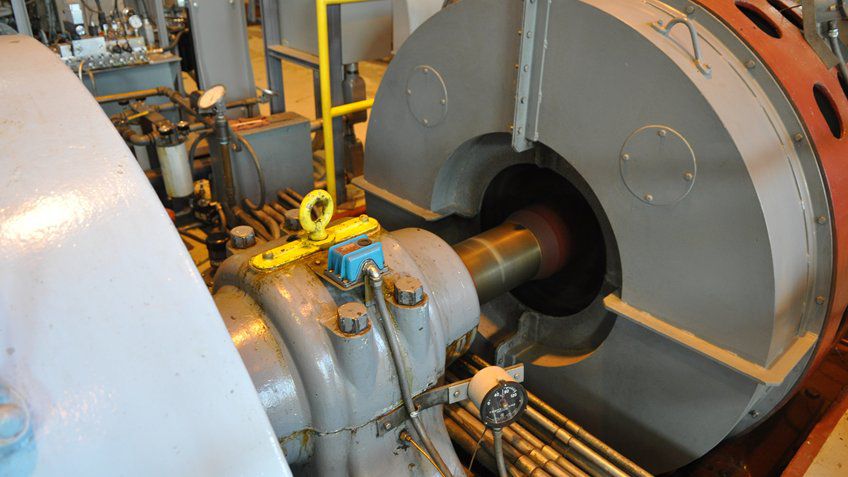The answer to this question depends on your lost production revenue (cost of unplanned electric motor down time). If lost production revenue is minimal, you might want to consider using a basic bimetallic or eutectic alloy based motor protection.
These types of motor protection products meet the minimal government requirements, and they prevent internal thermal damage to the electric motor.
The main drawback is that they do not provide any advanced warning that an event is about to occur, and they do not provide any information about why the event occurred.
If lost production revenue is substantial, you might want to consider using electronic based motor protection.
These types of motor protection products meet the minimal government requirements of thermal protection, but they also provide other types of electrical based protection such as phase loss, asymmetry, improper voltage, rotation mismatch, ground fault (earth leakage) current, and more.
Many electronic motor protection devices provide communications capabilities to alert for possible motor problems, project when the motor is going to stop, and indicate the reason why the motor stopped unintentionally.
For example, in a pumping application, electronic motor protection devices can simulate the internal temperature of an electrical motor providing mechanical power to a pump.
They can send an alarm by text message or email if the heat rises beyond a specified level. They can also be integrated into an existing SCADA infrastructure using communication networks such as EtherNet/IP to provide advanced warnings and help you avoid costly downtime.
Electronic motor protection devices cost more than a basic bimetallic or eutectic based motor protection device, but it can be significantly less compared to the cost of your unplanned electric motor down time.


